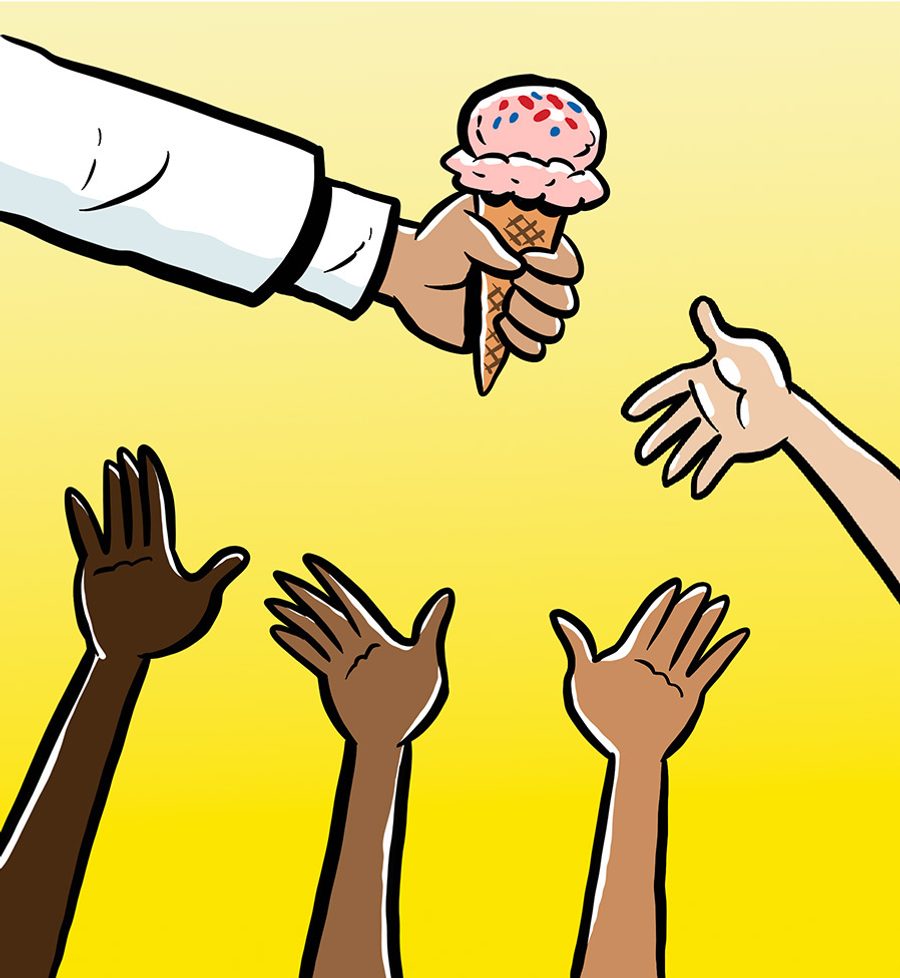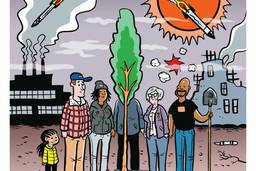It's on All of Us to Dismantle Colorism
People of color with darker skin tones make less money, face more health risks, and are more likely to be arrested than their lighter skinned counterparts. We have a collective responsibility to confront it.
Dayton Martindale

col·or·ism
noun
- Prejudicial discrimination that favors lighter shades of skin.
So it’s a fancy word for racism?
Colorism and racism are related, but different, ideas. Racism (or “racialism” or “race theory”) groups people into a handful of broad “biological” categories— Black, white, Asian, etc. — based entirely in pseudoscience. It’s one of the drivers behind Western colonialism, slavery, segregation, eugenics and a host of more horrors.
Colorism, more generally, is the social preference for lighter skin, often experienced among people from a similar ethnic group. Black people with lighter skin are often given more preferable treatment than Black people with darker skin, for example. In many parts of India and the Middle East, darker skin is considered less physically attractive. The phrase “blue bloods” originates with European royals whose skin was light enough to see their veins, unlike field workers.
How big of a problem is this?
Because of this social bias, Americans with darker skin tones statistically make less money, face more health risks and are more likely to be arrested, separate and apart from racial bias. One study, for example, found that lighter-skinned Black and Latinx job applicants were considered more intelligent by prospective employers than their darker skinned counterparts.
The effects of colorism are also often internalized, and colorism can be especially hard on people’s self esteem. The beauty industry pushes skin-lightening products while failing to offer as many options for darker shades of foundation and concealer, for example, while the most-featured women of color in music, film, business and politics typically have lighter skin.
What can we do?
“Because of colorism, we are divided into groups,” says Michigan State professor Ronald Hall. “We need to come together in order for a change to be made.” The first step toward that change — in our workplaces, schools and communities — is just to recognize that the social bias exists in the first place. Anti-discrimination lawsuits could target institutionalized colorism as well. At the same time, consumers can pressure fashion, media and makeup companies to celebrate more shades of skin. And teachers, parents and community leaders who work with youth can look for ways to combat negative self-esteem while affirming diversity.
This is part of “The Big Idea,” a monthly series offering brief introductions to progressive theories, policies, tools and strategies that can help us envision a world beyond capitalism. For recent In These Times coverage on these ideas, see “Nationalization Is a Great American Tradition” and “The Guerrilla Gardeners Seedbombing the Suburbs.”
Dayton Martindale is a freelance writer and former associate editor at In These Times. His work has also appeared in Boston Review, Earth Island Journal, Harbinger and The Next System Project. Follow him on Twitter: @DaytonRMartind.








